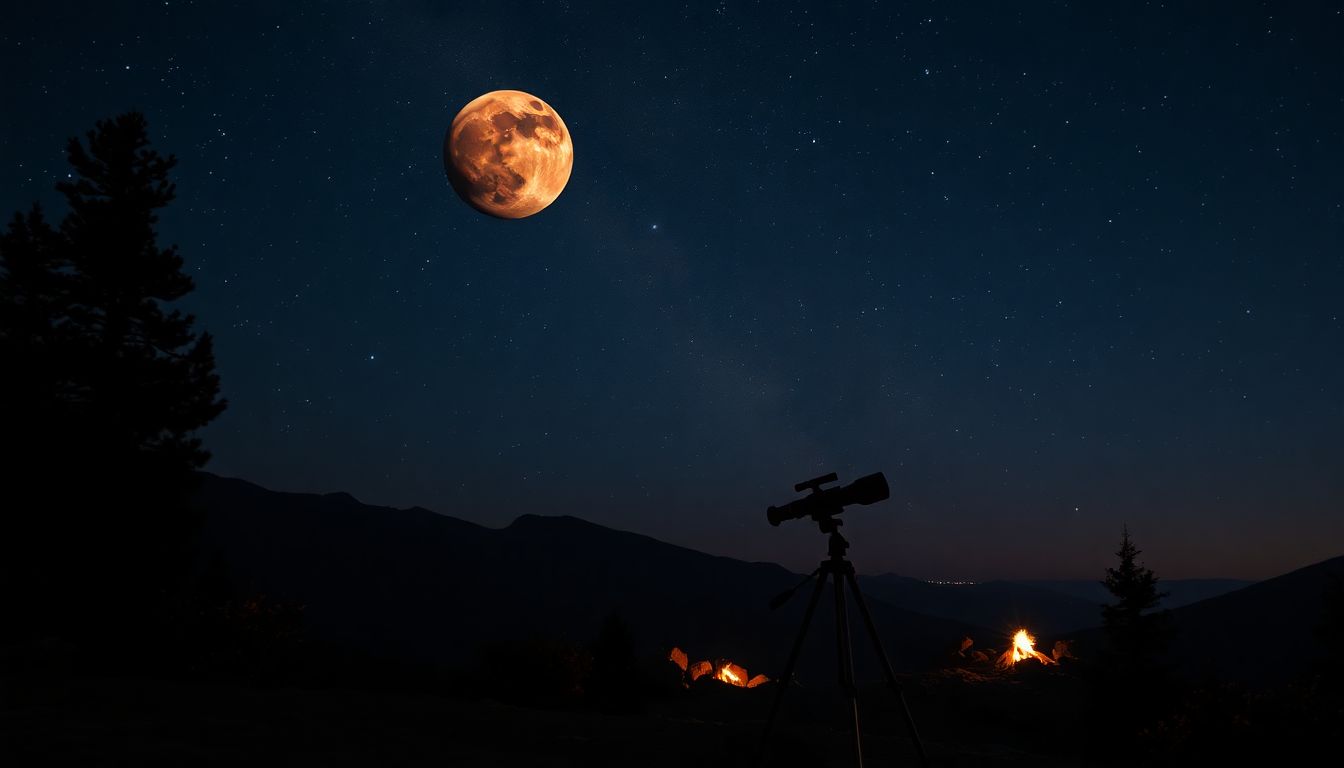
The Best Months to Watch Mars at Night: A Complete Guide for Astronomy Enthusiasts
Introduction
Have you ever looked up at the night sky and wondered about the red planet? Mars has fascinated skywatchers for centuries. For amateur astronomers and astrophotographers, catching a clear view of Mars can be a highlight of the year. But timing is everything. The planet’s position in the sky changes with its orbit and Earth’s motion. Knowing when Mars is most visible means better images and a more exciting experience. This guide reveals the best months to see Mars and shares tips to make your observations shine.
Understanding Mars’ Orbit and Visibility Cycles
The Orbit of Mars and Its Impact on Night Sky Visibility
Mars orbits the Sun in an elliptical, or oval-shaped, path. This means sometimes it is closer to Earth and sometimes farther away. When Earth and Mars are in certain positions, Mars appears brighter and larger. These moments are prime for observation. When Mars is near the Sun (called conjunction), it’s hard or impossible to see. When Mars is on the opposite side of the Earth from the Sun, it shines brightest in the night sky.
Key Astronomical Terms Relevant to Mars Observation
- Opposition: Mars and the Sun are on opposite sides of Earth. Mars is closest and easiest to see.
- Elongation: The angle between the Sun and Mars from your point of view. Maximum elongation means Mars is farthest from the Sun in the sky.
- Conjunction: When Mars is aligned with the Sun, making it hard to spot.
How Earth and Mars Alignment Affects Viewing Windows
Mars’ closest approach happens during opposition, usually every 26 months. During this time, it looks bigger and brighter in our sky. The best viewing occurs when Mars is opposite the Sun, rising at sunset and setting at sunrise. When Mars is near the Sun in our sky, it’s less visible and appears smaller.
The Best Months to Observe Mars at Night
Optimal Months Based on Mars’ Opposition Periods
Mars’ opposition is the prime time for observing the red planet. These happen approximately every 26 months. Recent and upcoming opposition dates include:
- December 8, 2022
- January 16, 2025
- December 2027
- February 2030
During these months, Mars is most visible and prominent in your night sky.
Months When Mars Is at Its Brightest and Largest
When Mars reaches opposition, it appears bigger and brighter than most of the year. Its apparent diameter can reach up to 25 arcseconds in size with a good telescope. Some of the best months are the ones around opposition, typically spanning a few weeks before and after the event. Expect peak brightness and size during these windows for the clearest view.
Factors That Enhance Viewing Conditions
The best observing nights are clear, moonless, and free of light pollution. Seasons also influence weather patterns—some months bring better chances for cloudless skies. For northern hemisphere observers, late winter to early spring often offers drier, clearer nights. In the southern hemisphere, late summer or autumn might be better.
Variations in Viewing Quality Across Different Years
No two opposition events are exactly alike. Some are better than others due to the elliptical shape of Mars’ orbit. For instance, the 2018 opposition was especially close, offering spectacular views. Future oppositions may not be as close but can still provide good viewing if conditions are right.
Additional Considerations for Observing Mars
Best Times of Night to Observe Mars
Mars is most visible when it’s highest in the sky. Usually, around midnight or a few hours before and after gives the clearest view. Avoid low-horizon viewing because the atmosphere distorts the image. Also, the air is steadier higher in the sky, helping you see more details on the planet’s surface.
Ideal Equipment and Techniques
- Telescopes: A 4-inch or larger telescope will show surface details like polar caps and dark markings.
- Binoculars: Good for a quick glance but limited for surface features.
- Cameras: Using a camera with a mount helps capture sharp images. Filters, especially infrared or red, improve contrast.
- Steady Mounts and Focus: Use a sturdy mount and focus carefully to get the clearest images possible.
How to Track and Predict Mars’ Position
Make use of astronomy apps like Stellarium or Sky & Telescope. They give real-time positions and can predict when Mars will be at opposition or at its brightest. Planning ahead avoids wasting nights on poor sky conditions. Keep an eye on moon phases, as a full moon can wash out faint details.
Expert Insights and Practical Tips
Many seasoned astrophotographers suggest the best time to view Mars is during the week of opposition. Clear, steady nights make all the difference. One tip from experts: use high-speed video to capture hundreds of images and stack the best frames for sharper results. Always check weather forecasts and plan for nights when the moon isn’t bright. That’s when Mars truly shines.
Conclusion
Timing is key for capturing the best views of Mars. The planet’s orbit and the alignment of Earth and Mars determine when it’s easiest to see and photograph. The most exciting months come during opposition, roughly every 26 months, when Mars appears largest and brightest. Keep track of upcoming opposition dates, monitor weather, and prepare your gear. With a little planning, you’ll enjoy stunning views of the red planet and make some incredible observations. Stay curious, stay prepared, and happy stargazing!

